What Does Poison Ivy Look Like & What to Do If I Touch it?
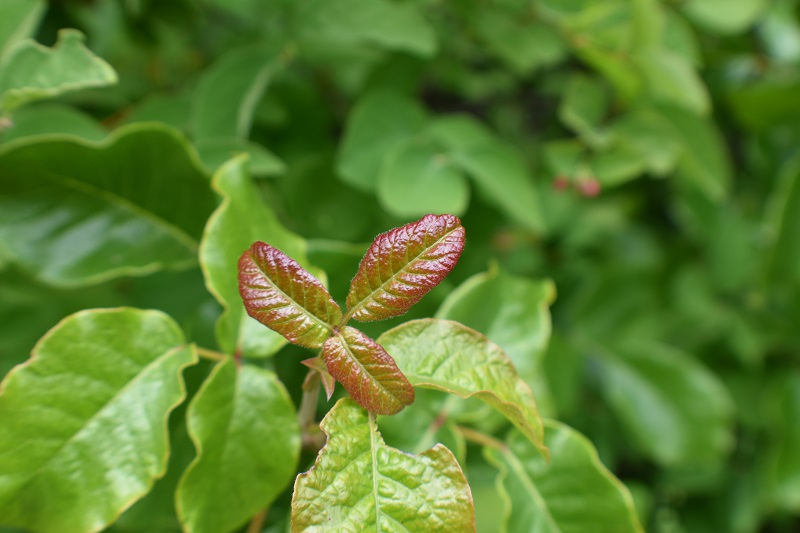
August 23, 2022
When taking a hike or hanging out in a place where you will encounter plants and other natural growth, it is important to know what to avoid and what to look out for.
The telltale signs of the infamous poison ivy plant are its three leaves, with the middle leaf having the longest stalk. According to the FDA, poison ivy can grow as a vine or a small shrub, and climb small plants, trees or poles. The leaves have a glossy look and can have either toothed or smooth edges.
Their colors can change with the seasons, contrary to the iconic green leaves we expect all year-round, poison ivy is actually:
- Red in the spring
- Green in the summer
- Yellow, red, or orange in the fall
So what happens if I touch it?
Poison ivy plants contain an oil called urushiol that causes an allergic reaction upon contact with skin.
- If you have had a poison ivy encounter before, the rash will appear anywhere from 4 to 48 hours
- If this is your first time touching poison ivy, your rash may take two to three weeks before it appears
Once you touch poison ivy, immediately wash your hands to try to prevent the rash from forming by washing off the oil as fast as possible. Washing your hands and other objects that may have come in contact with poison ivy is a good practice to prevent further spreading.
The danger of poison ivy is that you don’t need to touch the poison ivy plant to get exposed to this oil, it can affect you both directly and indirectly:
- Touching any part of the plant, including the root
- Touching something else with oil on it such as clothing or a pet’s fur
- Using a lawnmower, the plant gets broken into many tiny pieces that can become airborne and land on you
- Inhaling smoke from a burning poison ivy plant
What are the symptoms of poison ivy?
After a period of time has passed, the rash will appear on your skin. In some cases, it can only affect a small section of your skin, while in more severe ones, it can cover your whole body.
The symptoms of poison ivy come in four stages:
- Extreme itching. During this stage you will feel itchy in the spots where the rash will later appear. The itching can take a toll on your daily activities, waking you up from your sleep or distracting you throughout the day.
- The rash forms. After itching starts, the rash soon follows. Skin will become more itchy and redden during this stage.
- Blisters break and leak. The rash can often lead to blistering, and if you develop blisters, they will commonly break open during this stage and a fluid will leak out of them.
- Crusting. Blisters from stage 3 crust over. Once this occurs, the rash should clear up soon after and without treatment. However, you will still experience an intense itch until it clears entirely.
How do I treat poison ivy?
In most cases, if your rash is mild and you are sure the rash is due to poison ivy, you can treat it at home.
A procedure to follow immediately after you first touch poison ivy:
- Wash your hands and body with soap and water
- Clean your clothes that you were wearing
- Wash everything that may have gotten the oil on it
- Avoid scratching your skin, which can lead to infection
- When blisters form and open, leave them alone
In order to treat the rash at home and ease itching:
- Take oatmeal baths with lukewarm water or short, cold showers to calm your skin
- Use over-the-counter products such as calamine lotion or hydrocortisone cream, or at home products such as aloe vera to treat the itch
- Make use of cold compresses that can help alleviate itching and rash symptoms
- Talk to your health care provider about antihistamine pills to reduce itching, but do not use antihistamine lotion on skin as it can enhance the rash
Typically, poison ivy rashes have mild symptoms that resolve within a week or two of at-home care. According to the American Academy of Dermatology Association, you should talk to a dermatologist if your rash is not improving after seven to ten days.
Although many mild rashes can be treated at home, it is important to know the signs of a poison ivy emergency:
- A fever
- Difficulty breathing or swallowing
- A rash around one or both eyes, your mouth or genitals
- Facial swelling or eyes that become swollen shut
- Itching that prevents you from sleeping
- A rash that covers the majority of your body
These symptoms indicate that your reaction is serious and you should seek medical attention right away.
“If you are experiencing a severe reaction with a generalized eruption or extreme itching so that you cannot work or sleep, then see a dermatologist who can prescribe potent topical corticosteroids as well as oral pills – that will more quickly quiet down the eruption,” explains dermatologist, Robin Ashinoff, M.D.
The severity of poison ivy varies from person to person, and although it can often be treated at home, it is still an allergic reaction and needs to be paid attention to.
Next Steps & Resources:
- Meet our source: Robin Ashinoff, M.D.
- To make an appointment with Dr. Ashinoff, or a doctor near you, call 800-822-8905 or visit our website.
- American Academy of Dermatology Association
- FDA Poisonous Plants Recommendations
The material provided through HealthU is intended to be used as general information only and should not replace the advice of your physician. Always consult your physician for individual care.
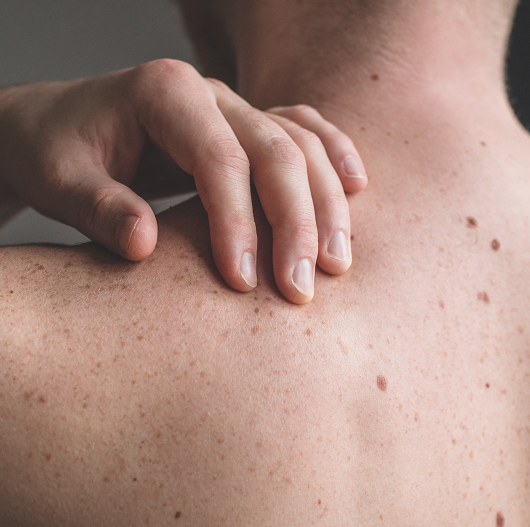
7 Steps to Reduce Your Risk of Skin Cancer
Skin cancer is the most common form of cancer in the United States. The good news is there are steps you can take to lower your risk.
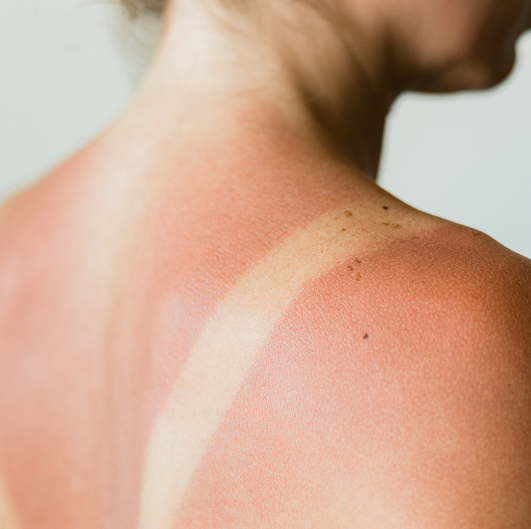
Get Sunburned Easily? A Dermatologist Explains 5 Reasons Why
Some skin types, underlying conditions and environments can make it easier for your skin to burn. Our dermatologist explains why and how to stay safe.

The Top 4 Summer Injuries & How to Avoid Them
We connected with our doctors and they shared the four most common reasons people come to urgent care in the summer: swimmer’s ear, heat stroke, tick bites and sunburn.
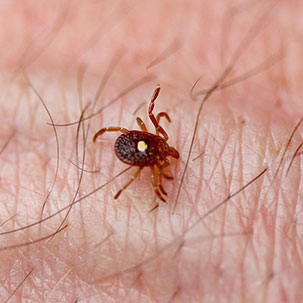
Lone Star Tick Can Cause a Lifelong Allergy to Red Meat
There’s been an uptick in cases across the country of people being bitten by the lone star tick.
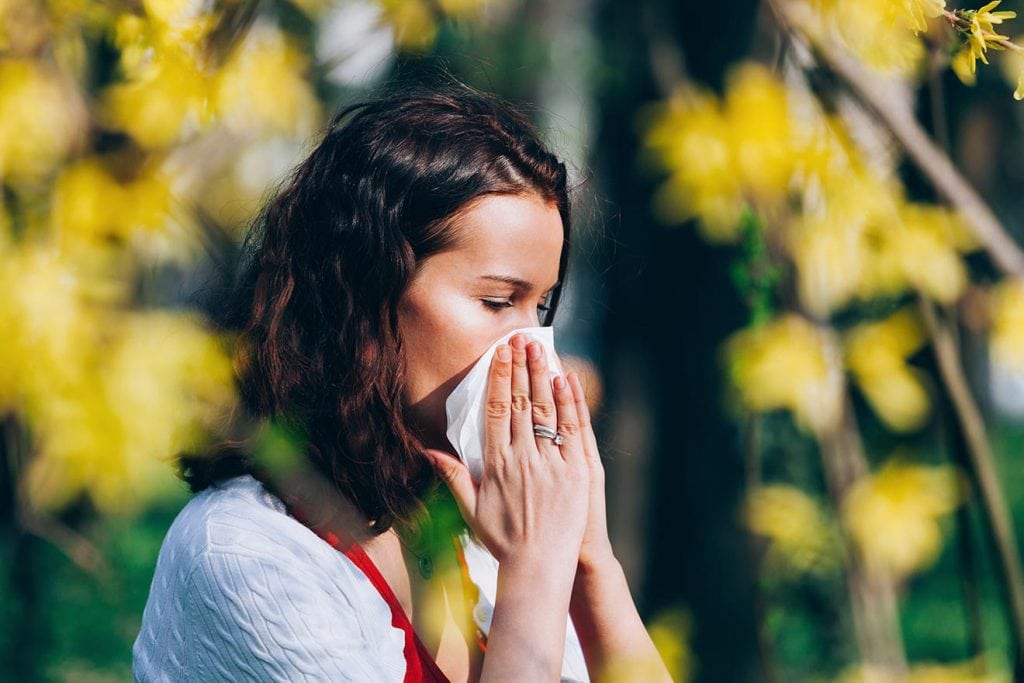
Is It a Summer Cold or Allergies?
You might expect to have a scratchy throat and a runny nose in the dead of winter, but on a beautiful summer’s day, these symptoms seem out of place (and downright cruel).
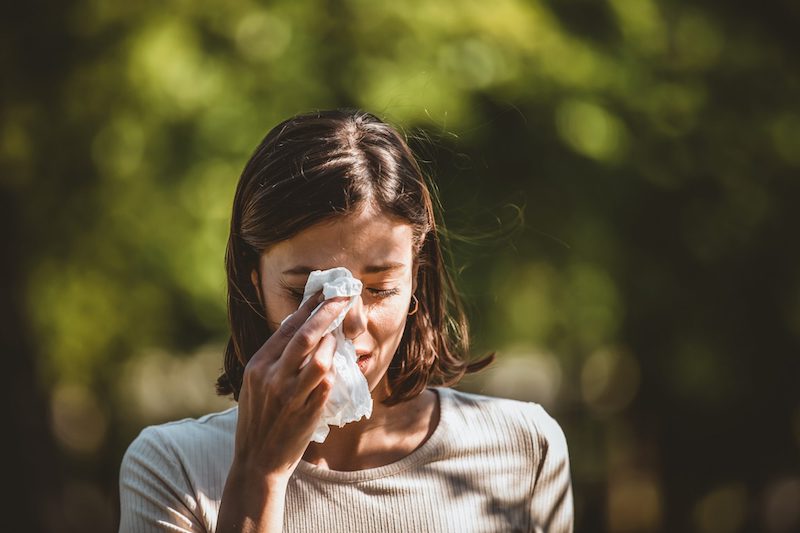
The Difference Between COVID-19 and Allergies
Every year, when Spring rolls around and exposure to pollen increases, so do allergies. But this year, we are not only experiencing seasonal allergies, but a new viral respiratory i...